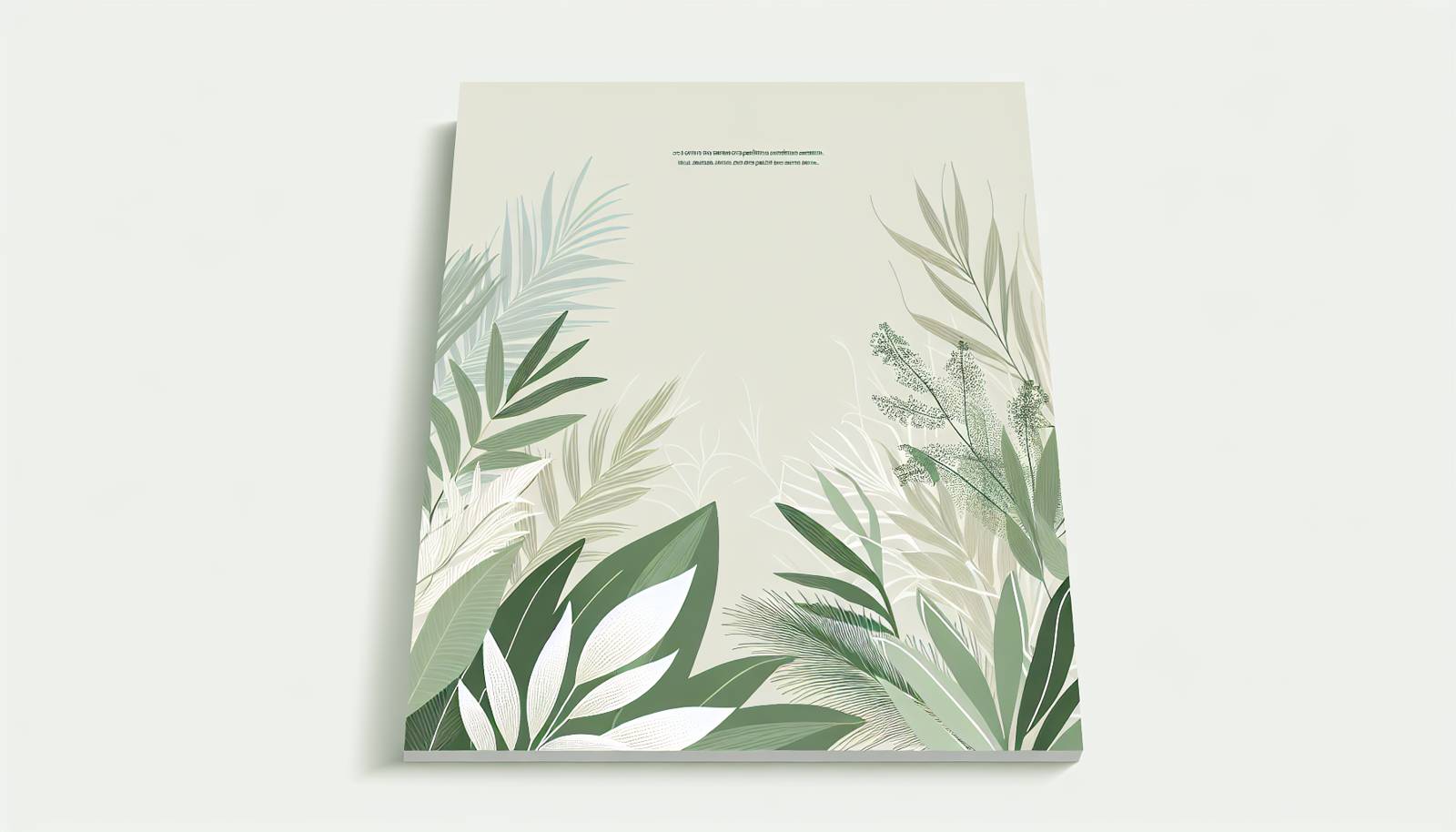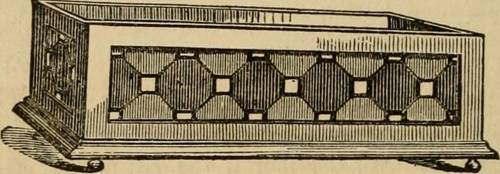
FAQ About Indoor Plant Foliar Spray Recipes

What is an indoor plant foliar spray?
An indoor plant foliar spray is a liquid solution applied directly to the leaves of indoor plants. It is designed to deliver nutrients or protect the plant from pests and diseases through foliar feeding. This method allows plants to absorb nutrients quickly, especially when roots are under distress or unable to uptake nutrients efficiently.

Why should I use a foliar spray on my indoor plants?
Foliar sprays are beneficial for indoor plants because they offer a quick way to provide essential nutrients directly to the leaves, enhancing growth and health. They can also help in pest control by creating a protective barrier or repellent on the foliage. Foliar feeding is particularly useful when plants are showing signs of nutrient deficiencies or stress.

What are some common ingredients in natural foliar sprays?
Common ingredients in natural foliar sprays include Epsom salts, neem oil, baking soda, and diluted liquid seaweed or kelp extract. These ingredients are organic and provide essential nutrients like magnesium and potassium, or protective benefits against pests and mildew.

How often should I apply foliar spray to my indoor plants?
The frequency of applying foliar spray depends on the plant type and the purpose of the spray. Generally, once every 2-4 weeks is sufficient for maintenance. However, during periods of stress or visible deficiencies, a weekly application may be beneficial. Always observe the specific needs and responses of your plants.

Can I make my own foliar spray at home?
Yes, you can easily make your own foliar spray at home using simple, natural ingredients. Common DIY recipes involve mixing water with ingredients like Epsom salts for magnesium boost, neem oil for pest control, or a combination of baking soda and dish soap for disease prevention.

Is it safe to use oil-based sprays on all indoor plants?
While oil-based sprays like neem oil are effective for pest control, they may not be suitable for all plant types. Plants with delicate or hairy leaves may suffer damage or suffocation from oil residues. Always test a small area of the plant before full application and observe any adverse reactions.

What is the best time of day to apply foliar sprays?
The best time to apply foliar sprays is either early in the morning or late in the afternoon. At these times, temperatures are cooler and less likely to cause evaporation of the spray, allowing better absorption. Avoid applying during the peak sunlight hours to prevent leaf burn or damage.

Can foliar sprays help with plant stress recovery?
Yes, foliar sprays can assist in plant stress recovery by providing immediate nutrient uptake which can aid in addressing deficiencies and enhancing overall plant resilience. Ingredients like seaweed extract are rich in growth hormones and minerals that boost plant immunity and recovery.

Are there any risks involved with using foliar sprays?
While foliar sprays are generally safe, overuse can lead to leaf burn, pest resistance, or nutrient imbalances. Always follow recommended dosages and frequency. Ensure the solution is mixed properly to avoid any concentration that might harm the plant.

Should I wash off the foliar spray after application?
No, you generally do not need to wash off the foliar spray after application. The spray is meant to be absorbed by the leaves. However, if you notice any residue or if the plant shows signs of distress after spraying, it can be rinsed off gently with water.

How can I tell if my indoor plant needs a foliar spray?
Signs that your indoor plant may benefit from foliar spraying include yellowing leaves, stunted growth, brown tips, or visible pest infestations. Additionally, if the plant isn’t responding well to soil-applied nutrients, foliar feeding might be needed to supplement its nutritional intake.

What is a simple recipe for a homemade foliar spray?
A simple homemade foliar spray recipe includes mixing 1 tablespoon of Epsom salts and a few drops of dish soap in a gallon of water. This solution can help with magnesium deficiencies and improves nutrient uptake. Always remember to test the solution on a small leaf area before full application.

Can I use foliar sprays on flowering indoor plants?
Yes, foliar sprays can be used on flowering indoor plants, but care should be taken to avoid spraying directly on the flowers to prevent any potential damage or discoloration. Focus on the leaves for nutrient absorption and pest management.

How do I apply a foliar spray correctly?
To apply a foliar spray correctly, use a fine mist sprayer to evenly coat the undersides and tops of the leaves without over-saturating. Ensure the spray is applied during the cooler parts of the day and avoid runoff, which indicates overapplication.

What pests can be controlled by foliar sprays?
Foliar sprays can help control a variety of pests including aphids, spider mites, whiteflies, and powdery mildew. Products like neem oil or insecticidal soap are commonly used in sprays to deter these pests and protect the plants.

How do foliar sprays differ from soil fertilizers?
Foliar sprays differ from soil fertilizers primarily in their method of application and speed of nutrient uptake. Foliar sprays provide nutrients directly to the leaves for rapid absorption, while soil fertilizers deliver nutrients slowly to plant roots over time. Foliar sprays are excellent for quick fixes, whereas soil fertilizer promotes long-term nutritional health.

Can I use vinegar in a foliar spray?
Vinegar can be used sparingly in foliar sprays to alter the pH level or as a mild fungicide. However, it should be heavily diluted to avoid burning the leaves. A very dilute solution (1 tablespoon per gallon of water) can be used experimentally, but caution is advised.

What are the benefits of using seaweed extract in foliar sprays?
Seaweed extract is rich in trace minerals, amino acids, and plant growth hormones, making it an excellent addition to foliar sprays. It promotes healthy growth, improves stress resistance, and enhances nutrient uptake. Regular use can also lead to more vibrant and resilient foliage.

Are coffee grounds suitable for use in foliar sprays?
Coffee grounds are not typically used in foliar sprays due to their solid form. However, coffee extracts or very diluted coffee solutions might be used for their acidic properties and as a mild fertilizer. It's best used as a soil amendment rather than a foliar spray.

What are some signs that a foliar spray is effective?
Effective foliar sprays will result in visibly healthier plants, including greener leaves, improved growth, and a reduction in visible pests or disease symptoms. Over time, you should notice your plants becoming more vibrant and robust with regular, appropriate use of foliar sprays.
